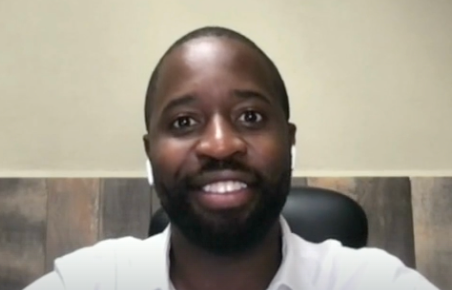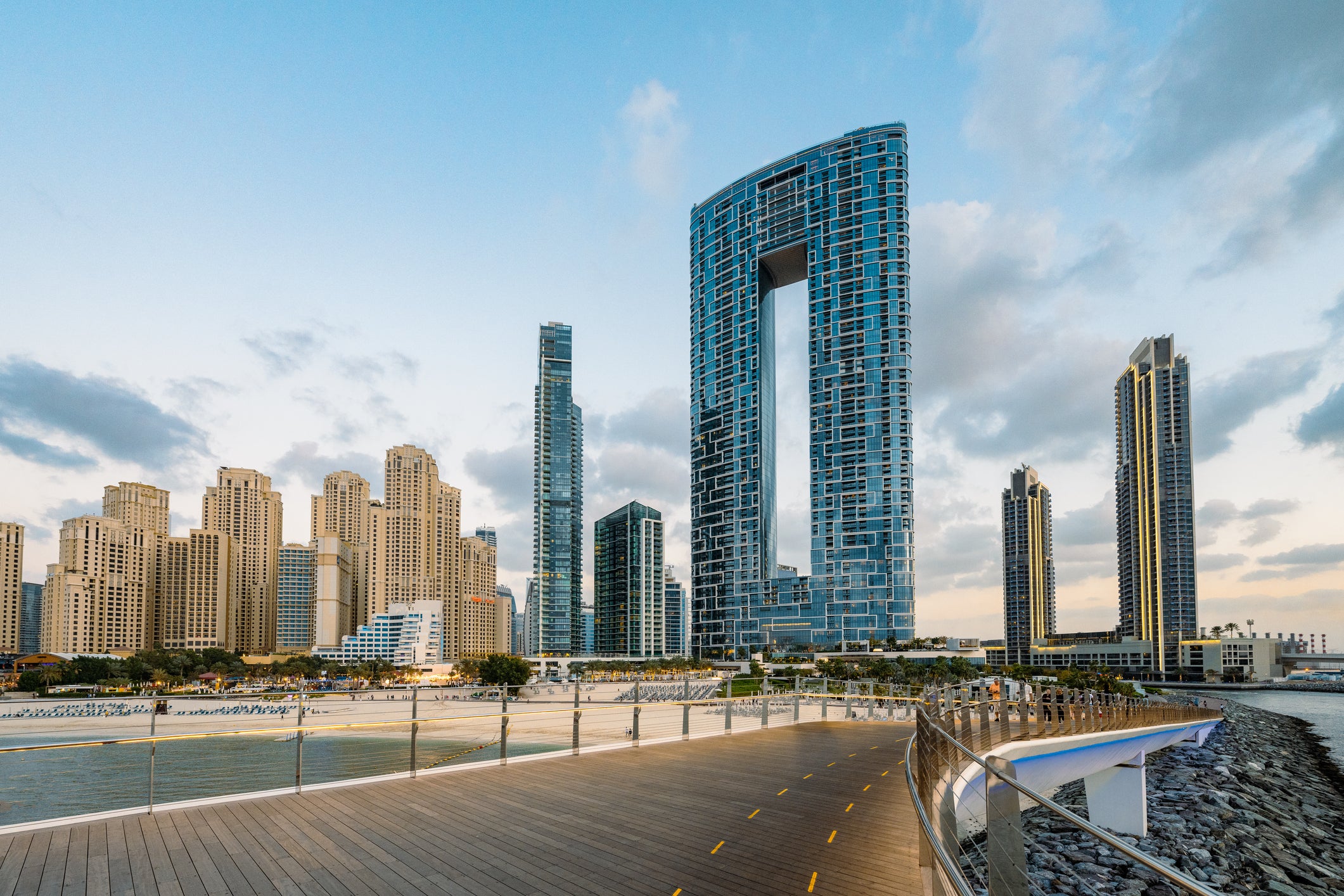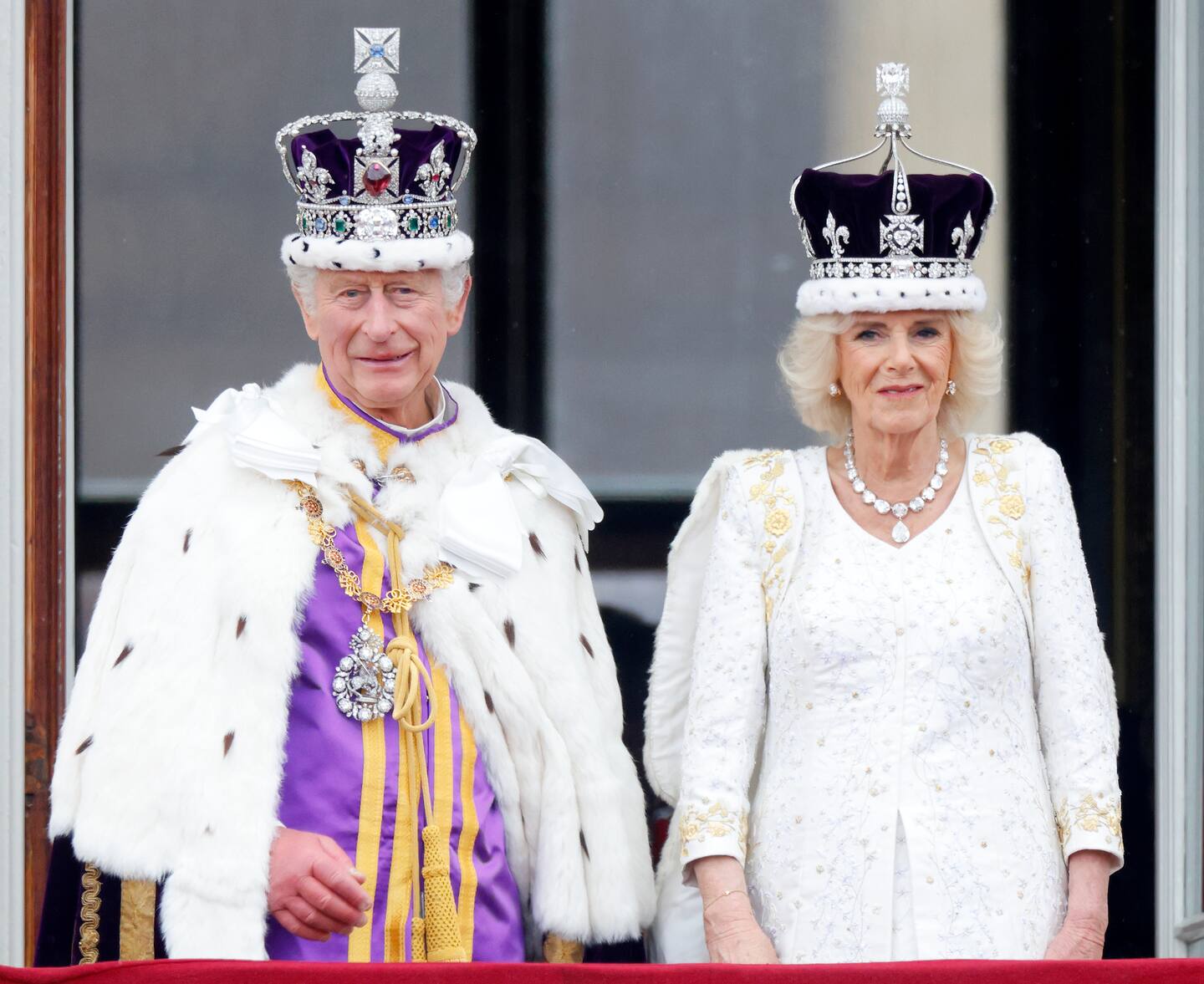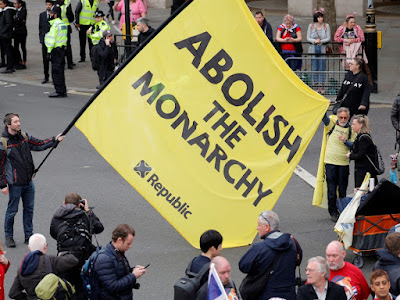October, 16 2024

The Bill will ring in seismic shifts that substantially raise the bar for employers, write Ashurst’s Crowley Woodford and Ruth Buchanan

Credit: Shutterstock
By

Crowley Woodford
Ashurst

Ruth Buchanan
Ashurst
The long-awaited Employment Rights Bill is finally here. In what is the biggest boost for employment rights in decades, these extensive proposals mean employers will have plenty to grapple with moving forward. The provisions in the new Bill include day one rights on unfair dismissal, flexible working and more.
Day one rights on unfair dismissal – a historic move
This is one of the most significant changes, marking an important departure from the current legal position, whereby two years of service are required for employees to qualify for protection against unfair dismissal. Additional day one rights include the right to paternity leave, unpaid parental leave and bereavement leave. Making unfair dismissal a day one right is a historic move never before seen in the UK workplace.
However, it could open a can of worms with more claims reaching the Employment Tribunal system, which is already over-stretched and under-resourced. Employers will need to make sure that they follow a full and fair process each time they are faced with a potential dismissal situation following completion of the new (currently undefined) statutory probation period, while also considering the potential cost implications of statutory sick pay and paternity leave being more readily available to employees.
Flexible working – a further layer of complexity
It will now be more difficult for employers to refuse flexible working requests. This comes at a time where employers are already challenged with balancing modern day flexible working with their business and client needs. The Bill now adds a further layer of complexity for employers who may only refuse a flexible working request on a specified ground (the same as those which already exist) and if it is reasonable to refuse the request on that ground. This sets a high threshold for employers to meet.
Employers should prepare for these changes by reviewing their current flexible working policies and procedures.
Fire and rehire – solely where there is genuinely no alternative option
Changes mean that where an employee is dismissed as a result of not agreeing to proposed changes in their contract of employment, the dismissal will be automatically unfair unless the employer can demonstrate: (a) evidence of financial difficulties; and (b) that the need to make the change in contractual terms was unavoidable.
Fire and re-hire was always used as very much a last resort by employers, given that any dismissal through this route already gave rise to a potential unfair dismissal claim. However, it’s now clear that this route should only be considered by employers in circumstances where the business is facing financial distress.
Dismissal on return from parental leave – strengthening protections for pregnant women
The Bill introduces the ability for the Secretary of State to enact regulations that prohibit the dismissal of women who are pregnant, on maternity leave, and during a period of six months following their return to work. The Bill guidance notes clarify that there will be exceptions to this prohibition on dismissal in “specific circumstances”, although no further details are provided about what these circumstances might be.
This will give new mothers certainty that the law is on their side, but we await details about how such restrictions on dismissals would work in practice, and particularly what the exceptional “specific circumstances” might be. Employers will need to be aware of the potential costs of needing to keep certain employees employed throughout the specific period of protection from dismissal once they return from applicable family leave, and otherwise think carefully about how they plan and structure any dismissals.
Trade union provisions – a seismic shift in favour of unions and workers
There is now a duty on employers to inform all new employees of their right to join a union. This information must be included in the written statement of particulars that employers are required to provide to their new hires. In relation to statutory recognition, the Bill lowers the level of support unions need to show from workers to gain statutory recognition. The Bill also creates a right for trade unions to access workplaces to meet, represent, recruit or organise workers or to facilitate collective bargaining.
Employers will need to be prepared for increasing trade union membership, more extensive calls for recognition and the strengthening of unions.
Statutory sick pay – shifting the dial
Statutory sick pay (SSP) will be payable from day one of sickness. Additionally individuals earning below the Lower Earnings Limit (currently £123 per week) will also be entitled to SSP. This will be welcomed by workers but jars with fixing the perceived wider UK “sick-note culture”.
Those earning below the Lower Earnings Limit will be entitled to a lower level of SSP meaning that employers will have to operate a two tier SSP system which may cause unwelcome payroll headaches and system changes. Additionally, the related calculations and data will need to be tested and monitored for ongoing compliance.
Conclusion – a waiting game
As ever, the devil will be in the detail over the coming months with consultation documents to follow, but one thing is clear: the bar for employers will be substantially raised.
Crowley Woodford and Ruth Buchanan are London-based employment partners at Ashurst
news@globallegalpost.com



















 King George VI was born in 1895 and reigned from 1936 until his death in 1952. Photo / Getty Images
King George VI was born in 1895 and reigned from 1936 until his death in 1952. Photo / Getty Images The main purpose of the visit is for King Charles to attend the Commonwealth Heads of Government Meeting in Samoa. Photo / Getty Images
The main purpose of the visit is for King Charles to attend the Commonwealth Heads of Government Meeting in Samoa. Photo / Getty Images
